والرحمة أمي ،
الحب أمي ،
والرحمة أمي ،
والحياة الطيبة فقط أمي 💜
More Posts from Fatmaaljaber and Others


HH 666: Carina Dust Pillar with Jet : To some, it may look like a beehive. In reality, the featured image from the Hubble Space Telescope captures a cosmic pillar of dust, over two-light years long, inside of which is Herbig-Haro 666 – a young star emitting powerful jets. The structure lies within one of our galaxy’s largest star forming regions, the Carina Nebula, shining in southern skies at a distance of about 7,500 light-years. The pillar’s layered outline are shaped by the winds and radiation of Carina’s young, hot, massive stars, some of which are still forming inside the nebula. A dust-penetrating view in infrared light better shows the two, narrow, energetic jets blasting outward from a still hidden infant star. via NASA
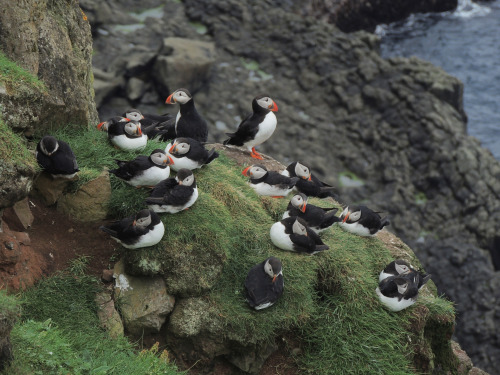
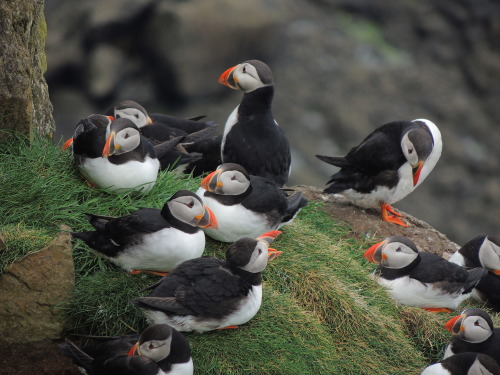
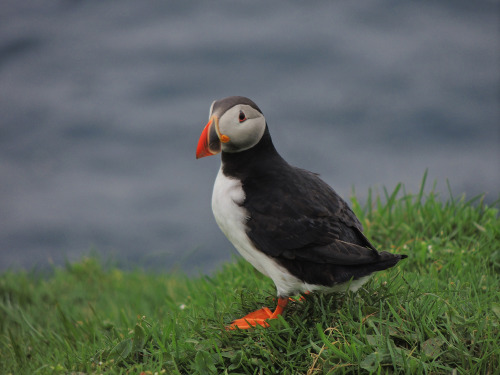
More puffin pics
Mykines, Faroe Islands
اللهم إني أسألك أن تنير السعادة في طريقها والتيسير والفرح بحياتها اللهم أسعدها حتى تبلغ سعادتها عنان السماء🤍.
@laylah-a
"روحٌ بلا ضوءٍ يدومُ قتامُها
فالأرضُ شاحبةٌ بلا صلواتِ!"
صلوا على الحبيب المصطفى
تقول إحداهن : " بالعامية المسمسمة " أنا أحب وأنحب .. ثقتها عالية جدًا ولم تدرِ أنها مجرد ما تكون بقبضة أولئك الذين أحبوها ستُنسى ..!!
ماعلينا ؛ رمضـان كريم 🌙

Take a good look: this is the black hole at the center of our galaxy.
In the inset image, gas in the glowing orange ring surrounds the black hole's event horizon, a boundary from which nothing can escape. The ring is created by light bending in the intense gravity around Sagittarius A*, which has a mass some four million times greater than our Sun. This groundbreaking image of Sagittarius A* was taken by the Event Horizon Telescope team with data from telescopes around the world. After the EHT's iconic image of M87*, released in 2019, this is only the second time a supermassive black hole has been directly observed with its shadow.
The wider look at the space around Sagittarius A* includes data contributed by several NASA missions. The orange specks and purple tendrils were captured in infrared light by the Hubble Space Telescope, and the blue clouds represent data from our orbiting Chandra X-ray Observatory.
Fall in to the whole story: https://www.nasa.gov/mission_pages/chandra/images/sagittarius-a-nasa-telescopes-support-event-horizon-telescope-in-studying-milky-ways.html
Make sure to follow us on Tumblr for your regular dose of space!
CREDIT: X-ray: NASA/CXC/SAO; IR: NASA/HST/STScI. Inset: Radio (EHT Collaboration)
- أرقّ ما قِيلَ فِي الأبَديّة :
قَولَ قَيس بن الملوّح لِـ محبوبَتهِ ليلىٰ يَومَ وَداعِهَا :
" عَلَيكِ سَلامُ اللهِ مِنّي تَحِيَّةً،
إِلىٰ أَن تَغيبَ الشَمسُ مِن حَيثُ تَطْلُعُ " ♥️.
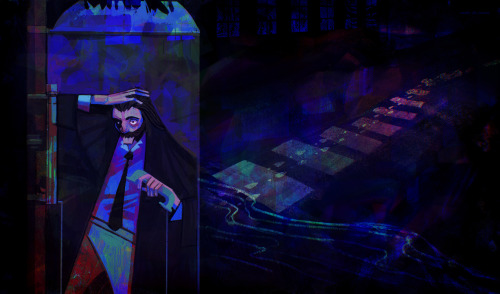
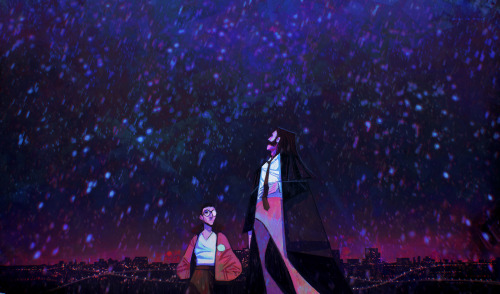
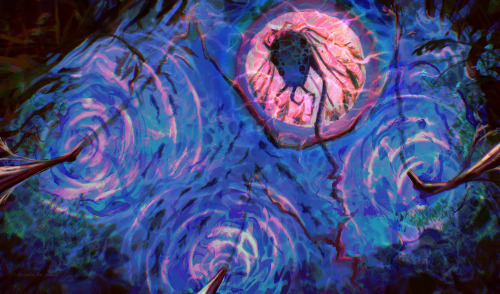
اليوم بأكمله أدندن هذه الكلمات بصوتي الجميل 👇🏻🌙
-
 warda-45 liked this · 3 years ago
warda-45 liked this · 3 years ago -
 2llf liked this · 3 years ago
2llf liked this · 3 years ago -
 rmmr1234 liked this · 3 years ago
rmmr1234 liked this · 3 years ago -
 catshadow1981 liked this · 3 years ago
catshadow1981 liked this · 3 years ago -
 1stmada liked this · 3 years ago
1stmada liked this · 3 years ago -
 aliaa-nasser liked this · 3 years ago
aliaa-nasser liked this · 3 years ago -
 nonoalamorah11 liked this · 4 years ago
nonoalamorah11 liked this · 4 years ago -
 sayedmadkor liked this · 4 years ago
sayedmadkor liked this · 4 years ago -
 alkrwan liked this · 4 years ago
alkrwan liked this · 4 years ago -
 abboudox liked this · 4 years ago
abboudox liked this · 4 years ago -
 nzuniicorn liked this · 4 years ago
nzuniicorn liked this · 4 years ago -
 nabeilelhawat liked this · 4 years ago
nabeilelhawat liked this · 4 years ago -
 mr-92 liked this · 4 years ago
mr-92 liked this · 4 years ago -
 laylah-a liked this · 4 years ago
laylah-a liked this · 4 years ago -
 alpostagy liked this · 4 years ago
alpostagy liked this · 4 years ago -
 amalmahmodsblog liked this · 4 years ago
amalmahmodsblog liked this · 4 years ago -
 sss-alshabli liked this · 4 years ago
sss-alshabli liked this · 4 years ago -
 njwi liked this · 4 years ago
njwi liked this · 4 years ago -
 aw-aad liked this · 4 years ago
aw-aad liked this · 4 years ago -
 shankooty81 liked this · 4 years ago
shankooty81 liked this · 4 years ago -
 doctorizims-blog liked this · 4 years ago
doctorizims-blog liked this · 4 years ago -
 secretnerdzipperbonk liked this · 4 years ago
secretnerdzipperbonk liked this · 4 years ago -
 mylo-1 liked this · 4 years ago
mylo-1 liked this · 4 years ago -
 radwarooooooooooooor reblogged this · 4 years ago
radwarooooooooooooor reblogged this · 4 years ago -
 sare-bk liked this · 4 years ago
sare-bk liked this · 4 years ago -
 thes888 reblogged this · 4 years ago
thes888 reblogged this · 4 years ago -
 thes888 liked this · 4 years ago
thes888 liked this · 4 years ago -
 letter-8 liked this · 4 years ago
letter-8 liked this · 4 years ago -
 ahmed-essia liked this · 4 years ago
ahmed-essia liked this · 4 years ago -
 laylah-a reblogged this · 4 years ago
laylah-a reblogged this · 4 years ago -
 violetrose44 liked this · 4 years ago
violetrose44 liked this · 4 years ago -
 samah410 liked this · 4 years ago
samah410 liked this · 4 years ago -
 necib07 liked this · 4 years ago
necib07 liked this · 4 years ago -
 haaaneeena liked this · 4 years ago
haaaneeena liked this · 4 years ago -
 sajoda33 liked this · 4 years ago
sajoda33 liked this · 4 years ago -
 smile-87 liked this · 4 years ago
smile-87 liked this · 4 years ago -
 gbradell reblogged this · 4 years ago
gbradell reblogged this · 4 years ago -
 gbradell liked this · 4 years ago
gbradell liked this · 4 years ago
